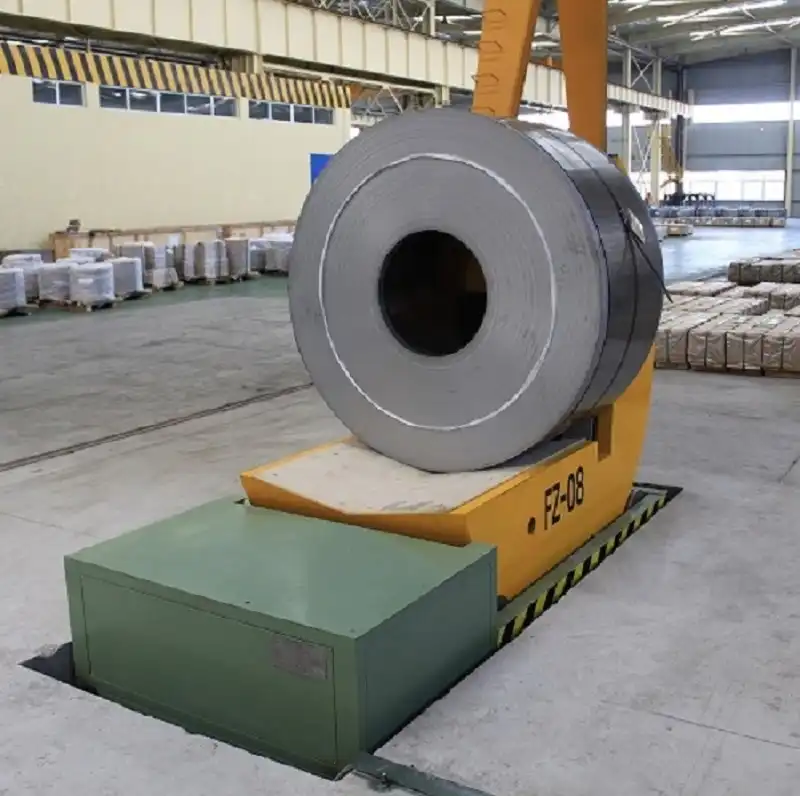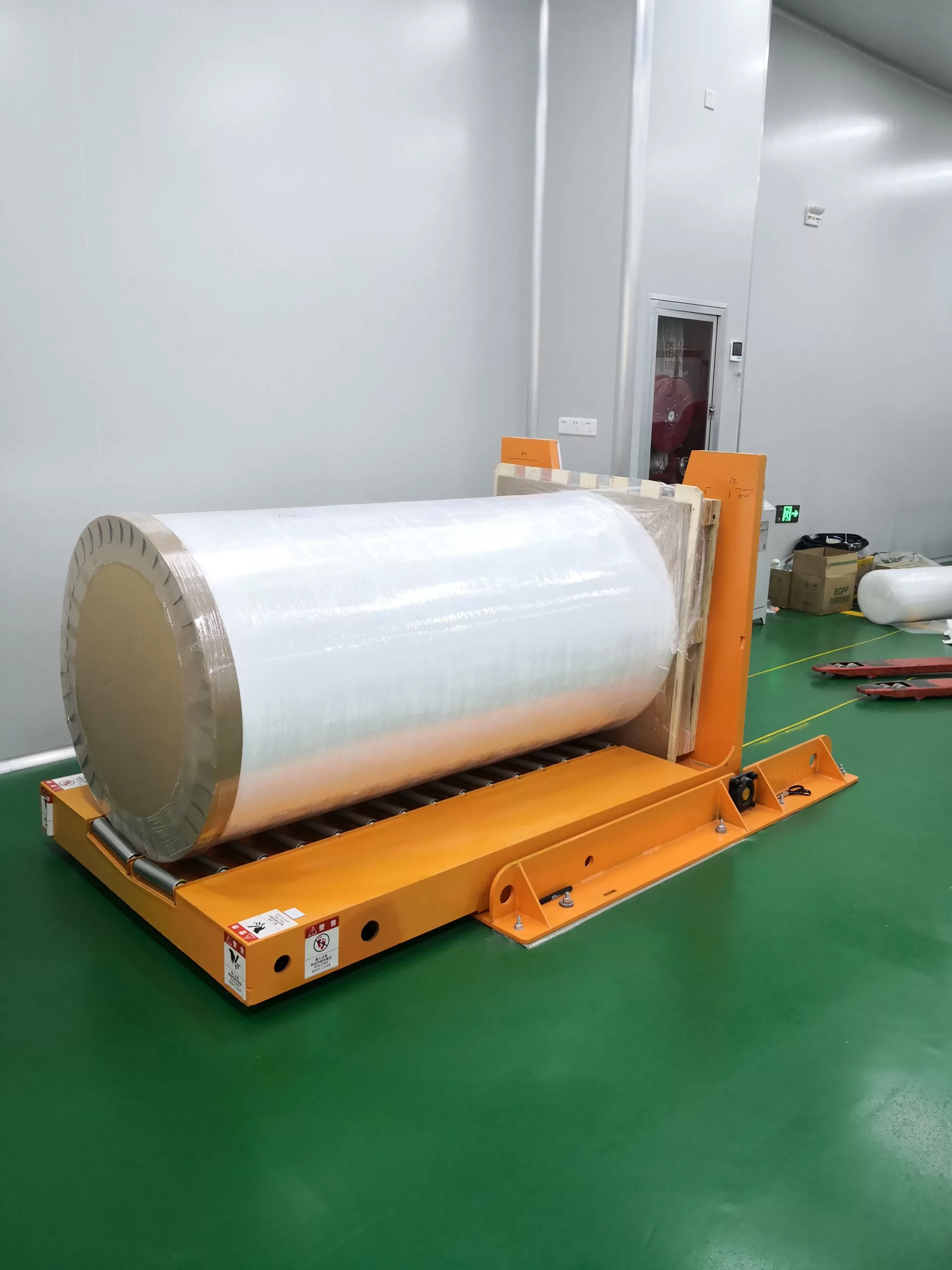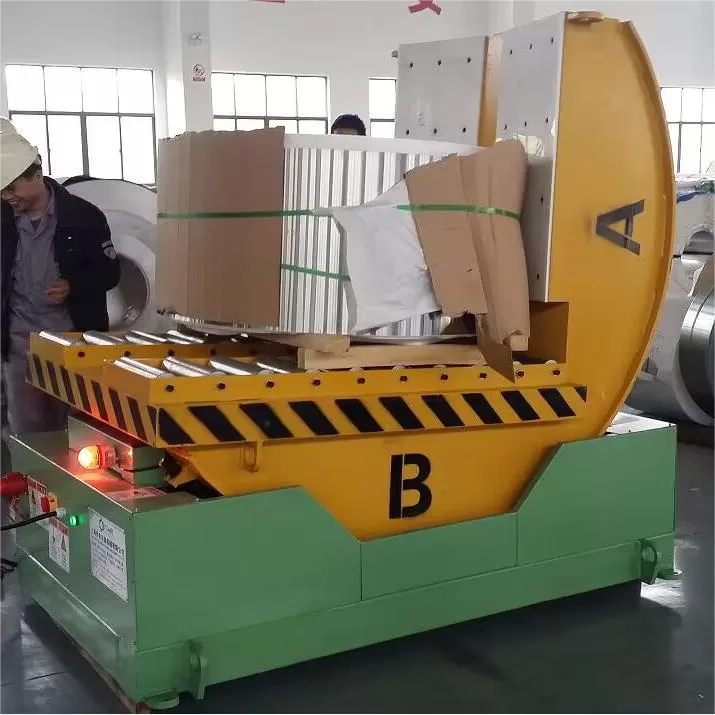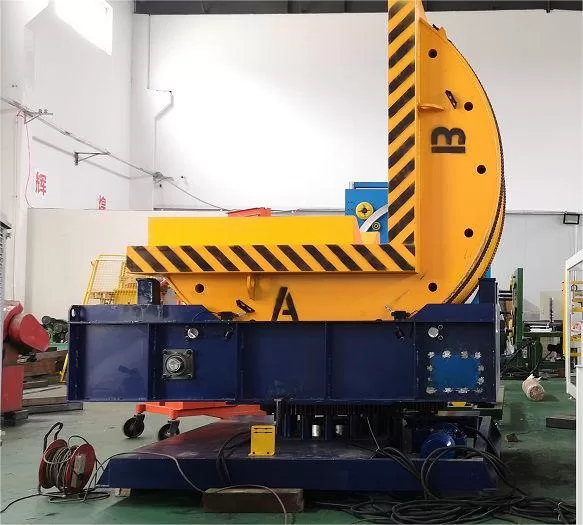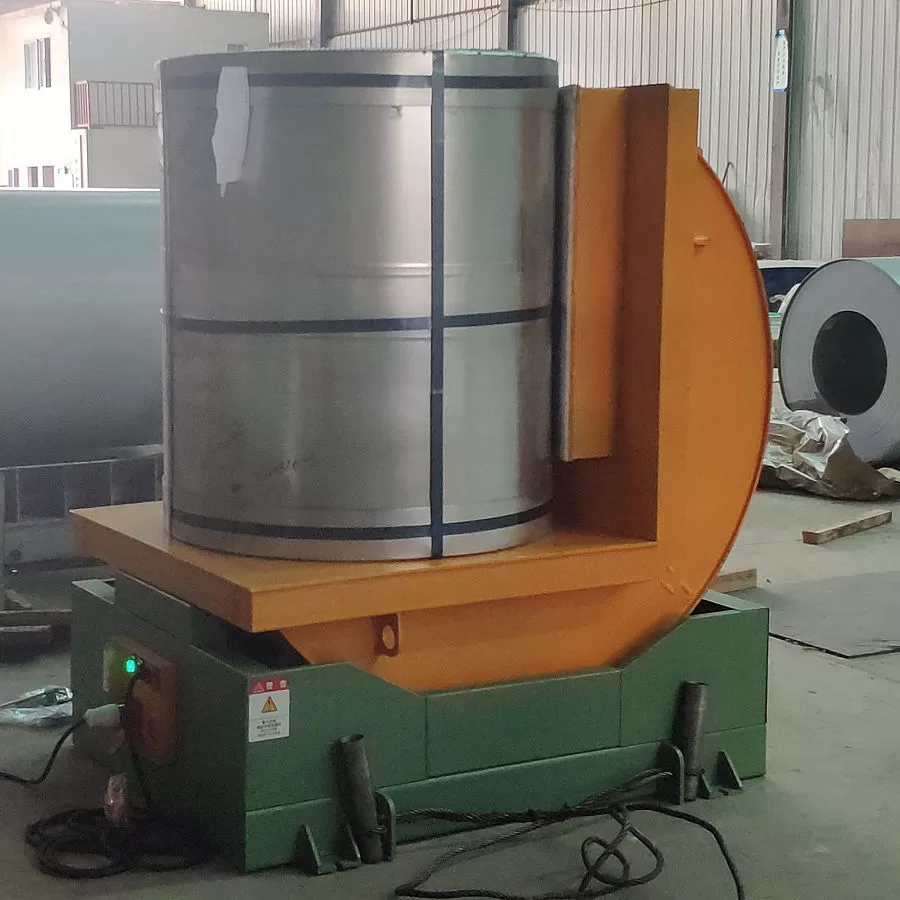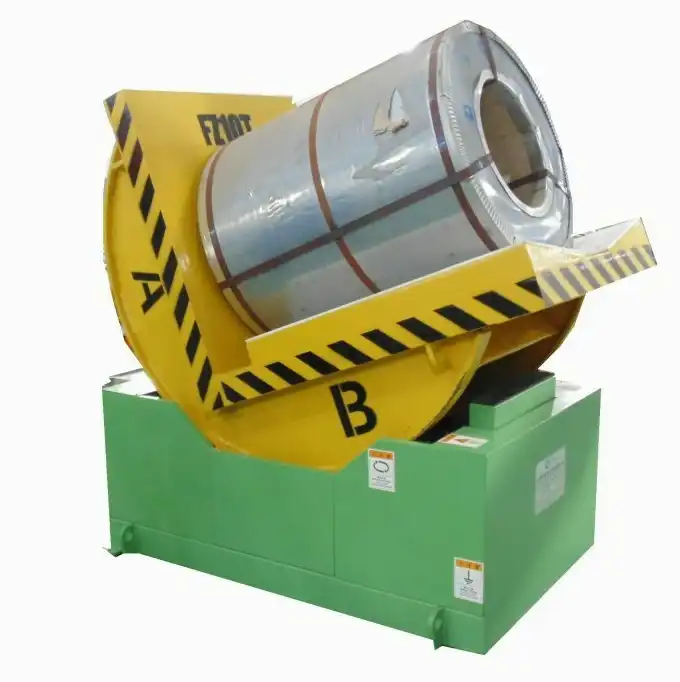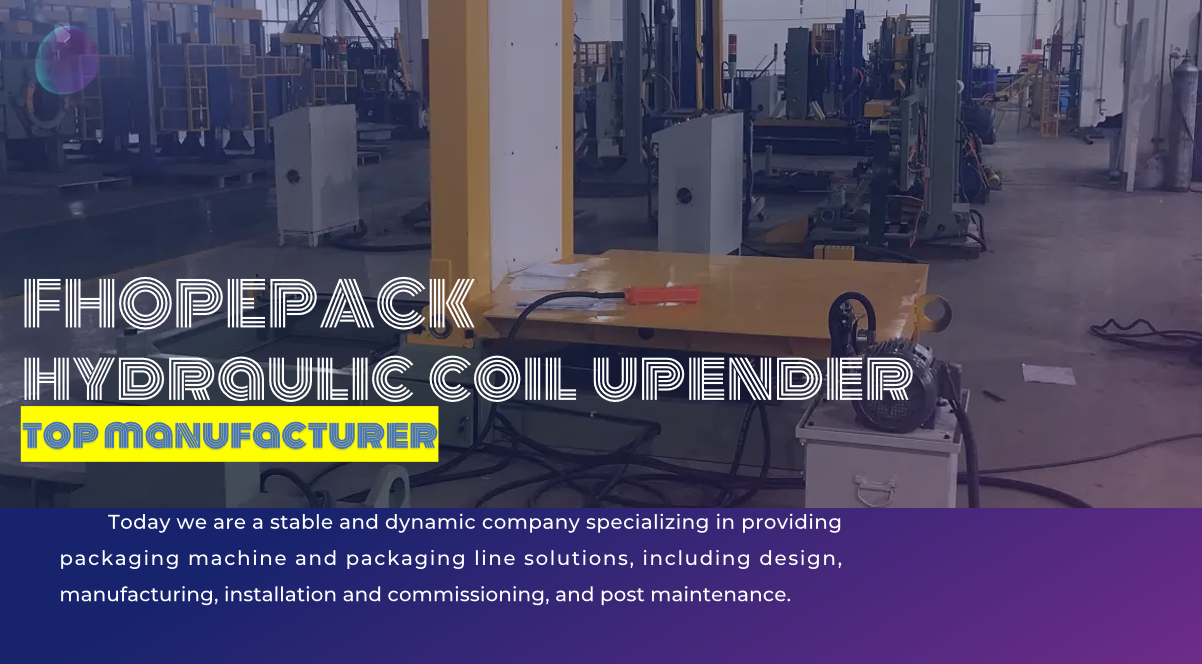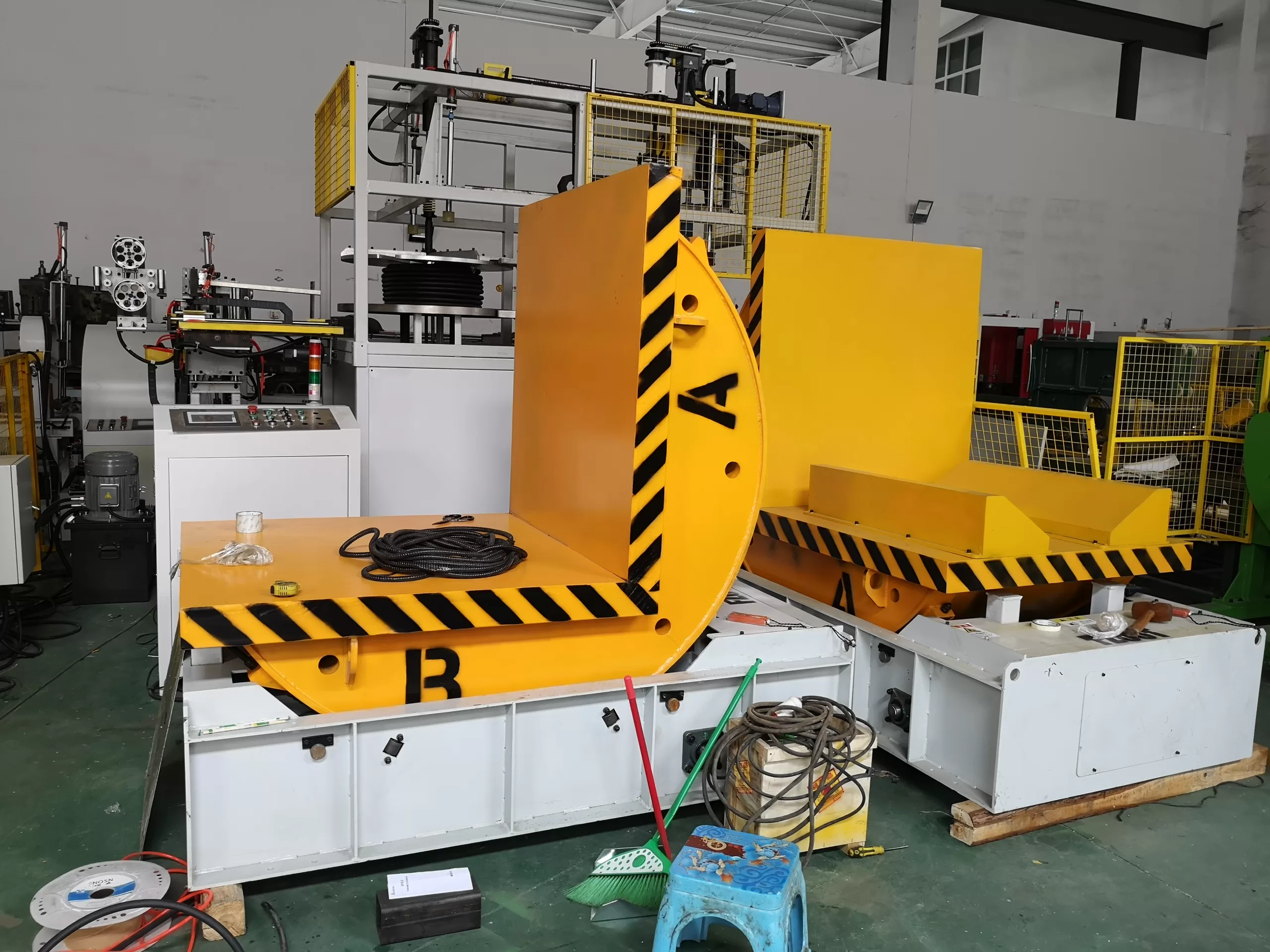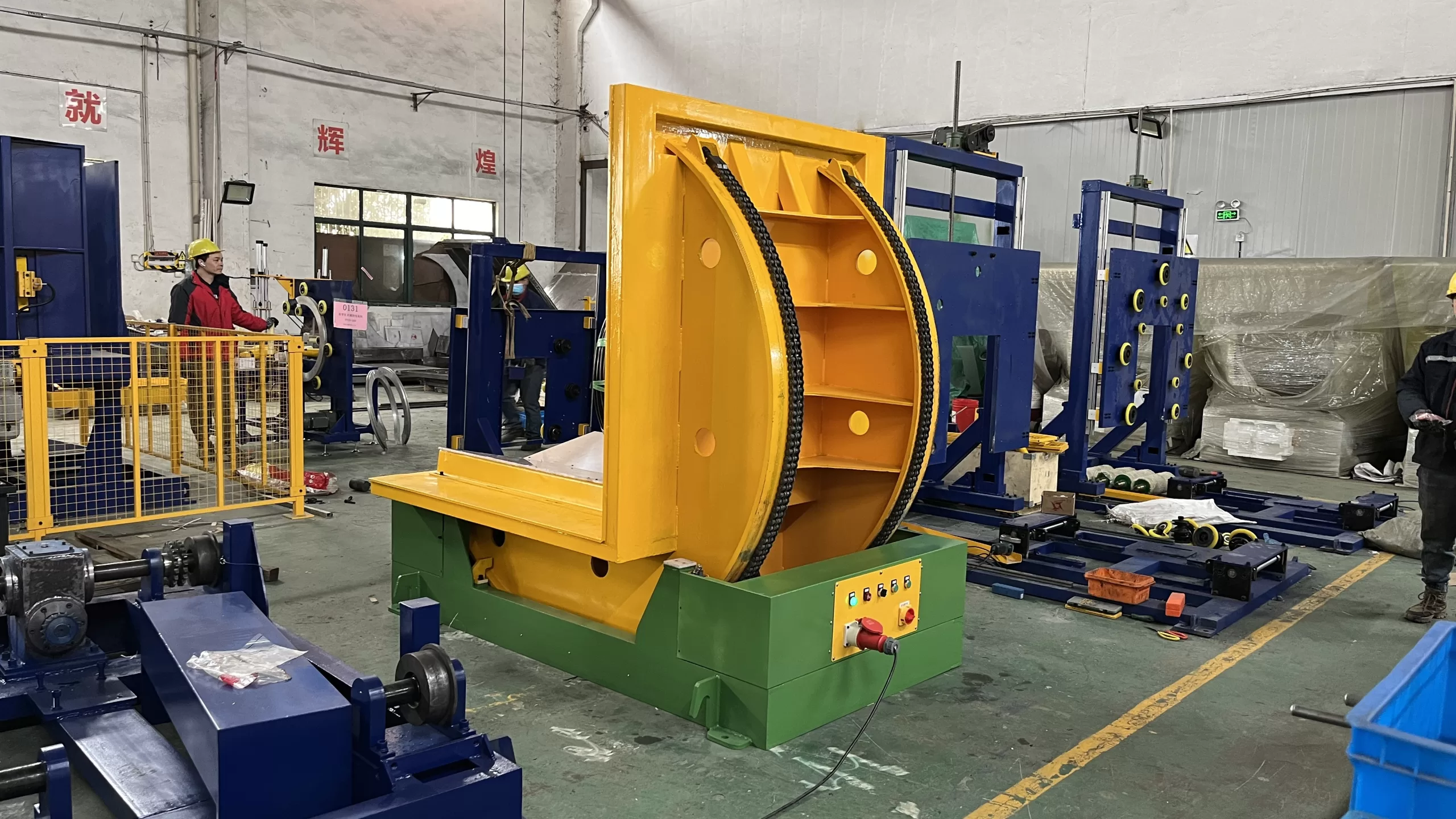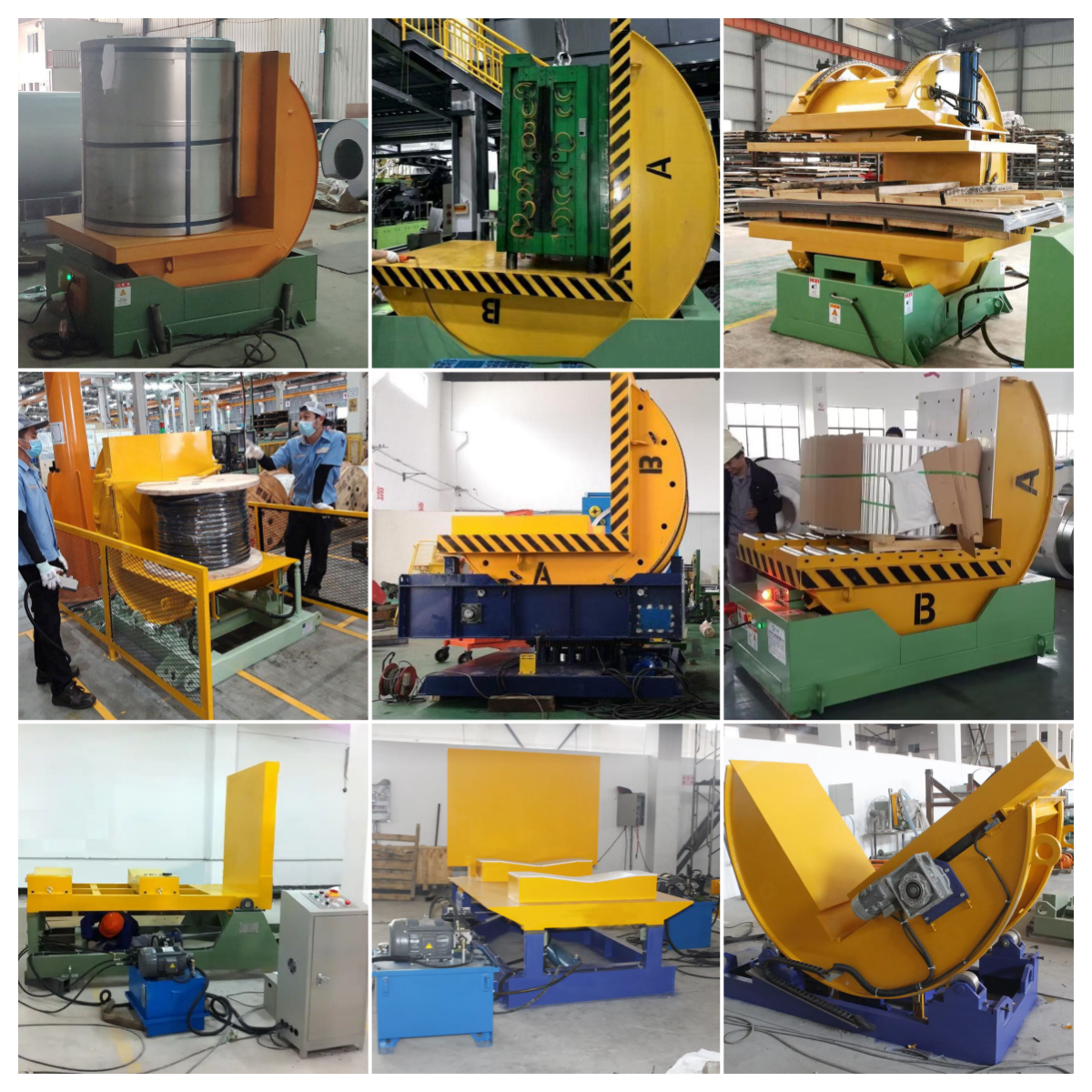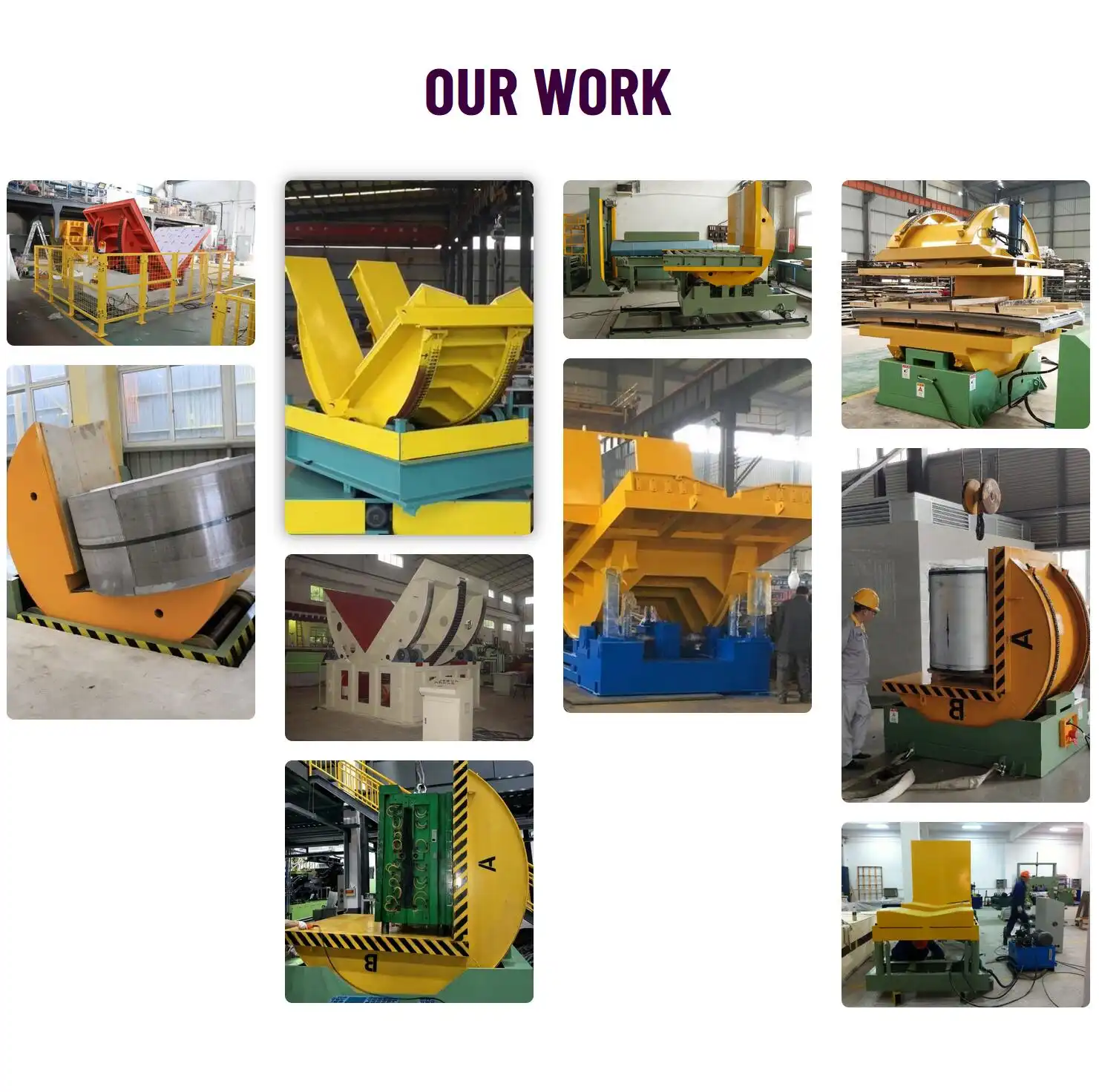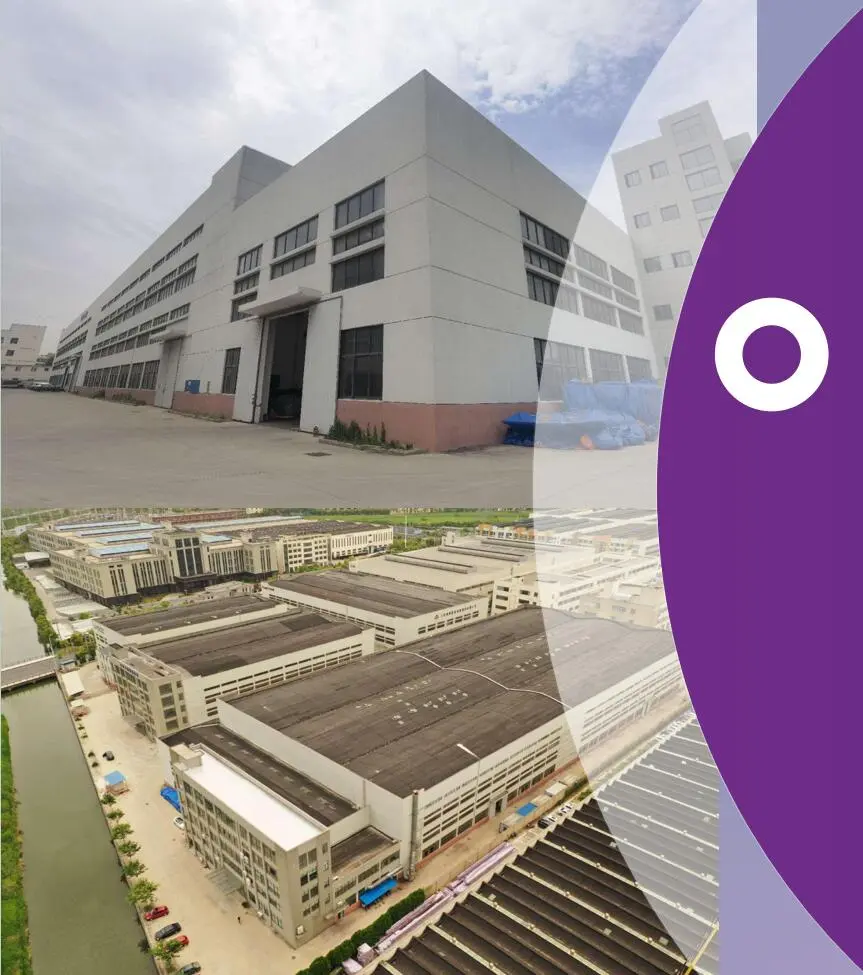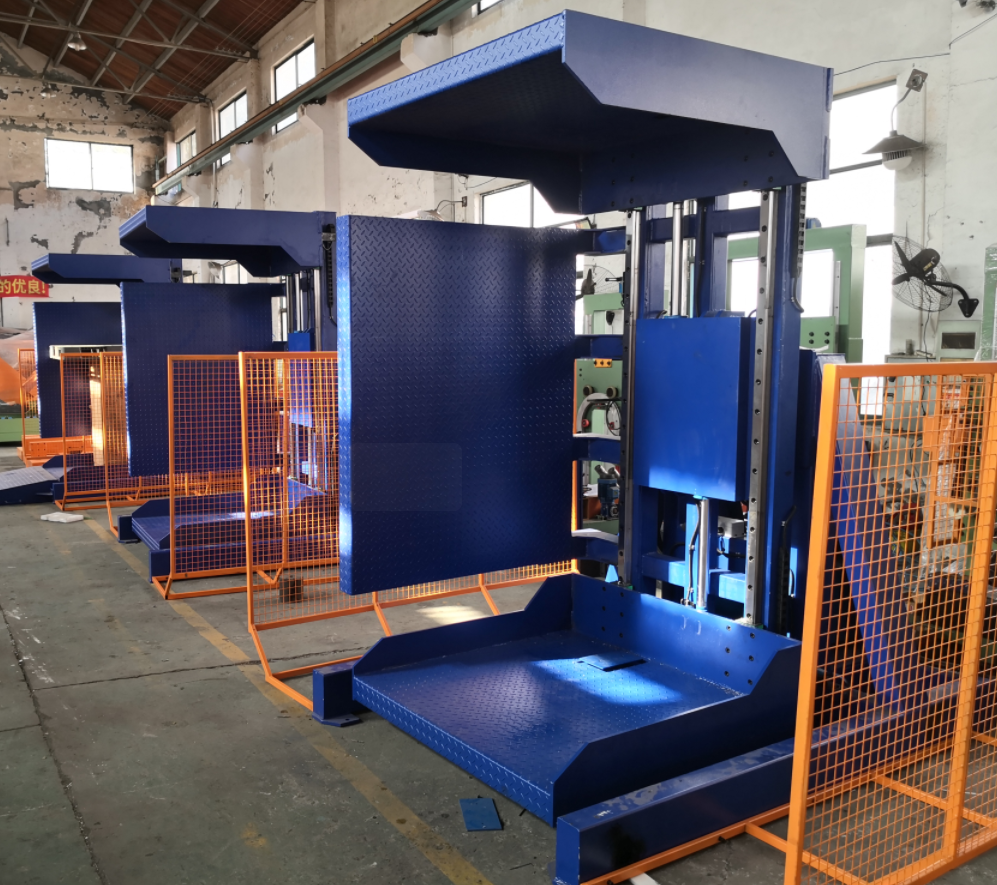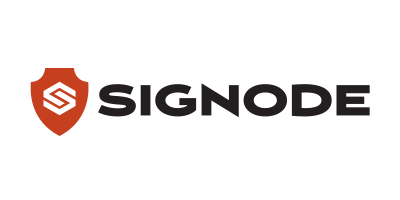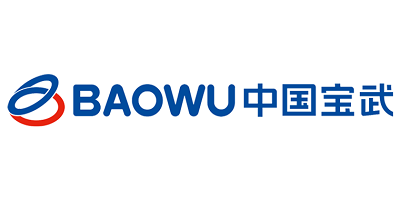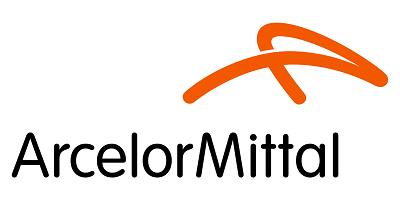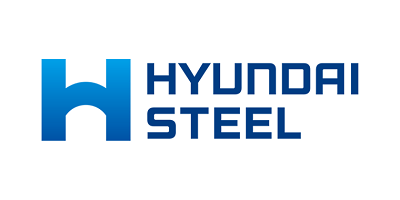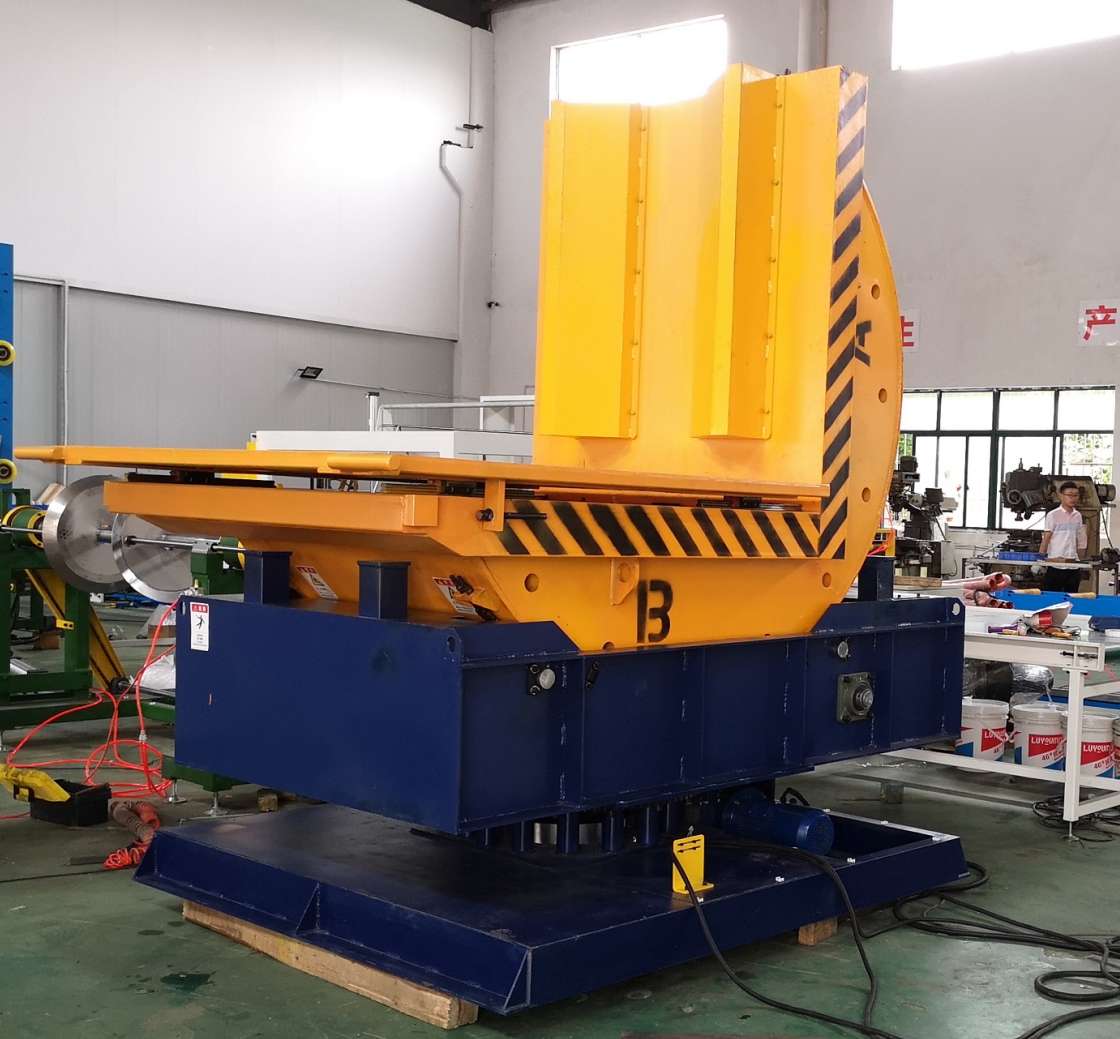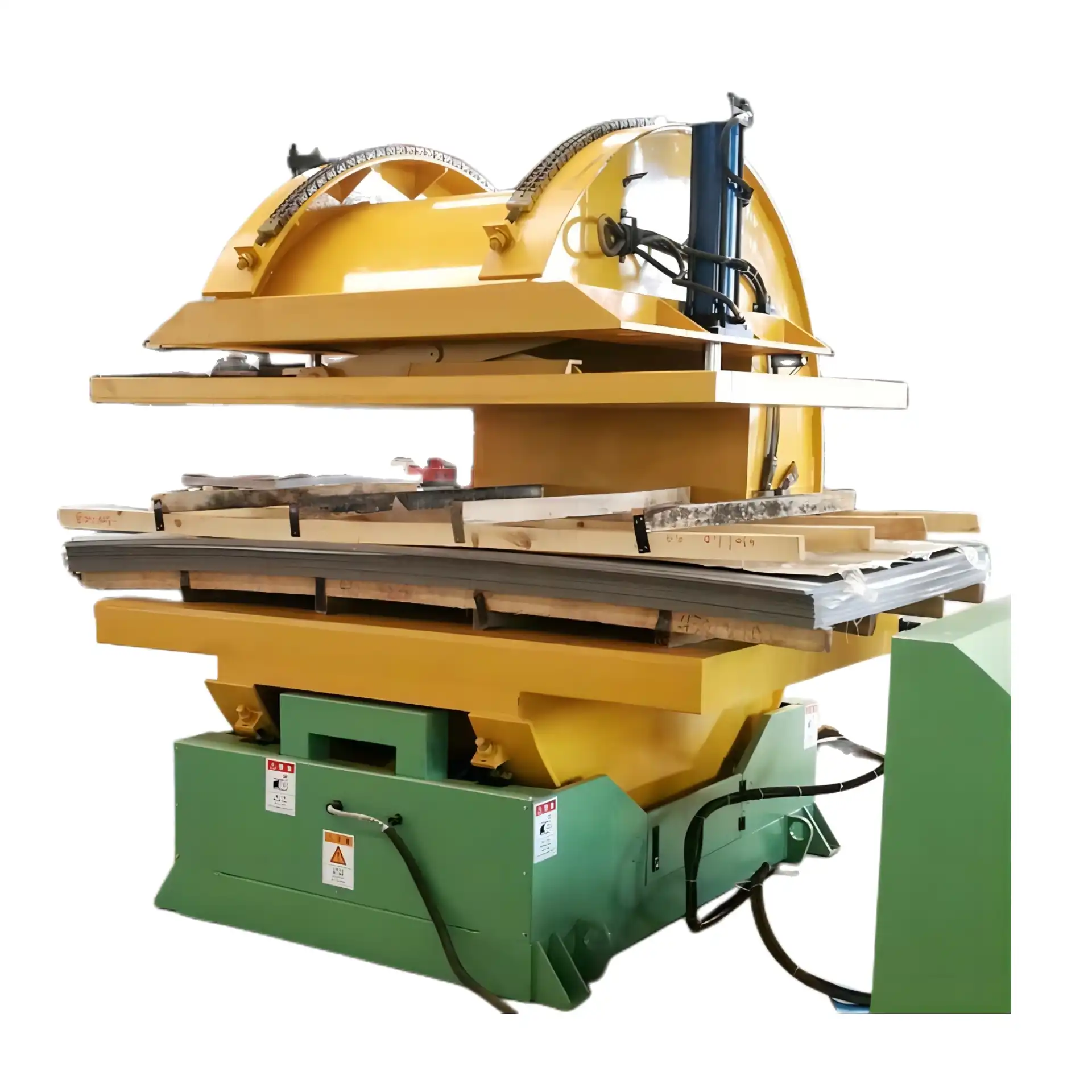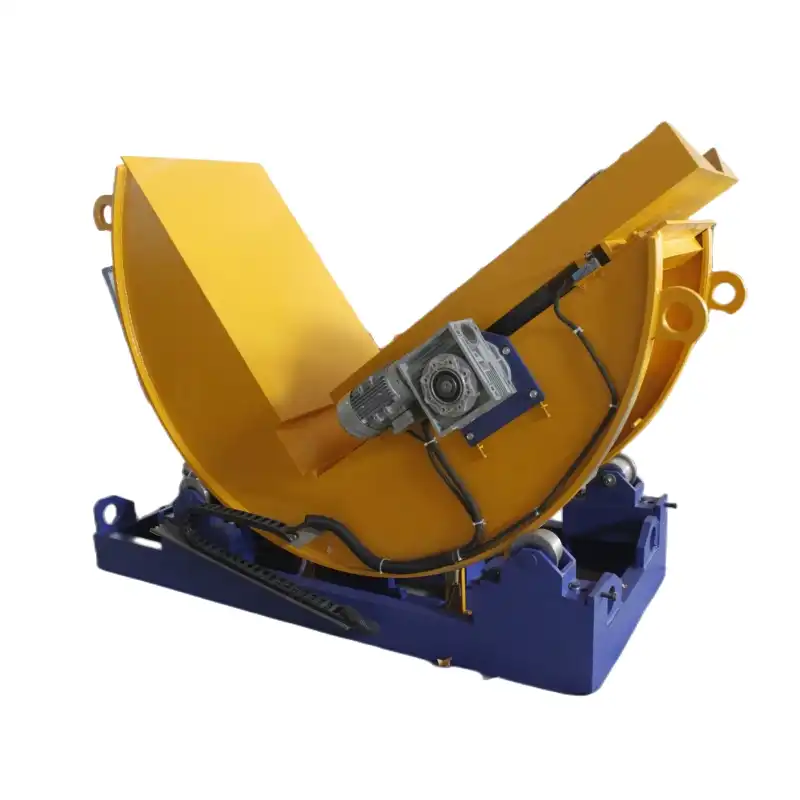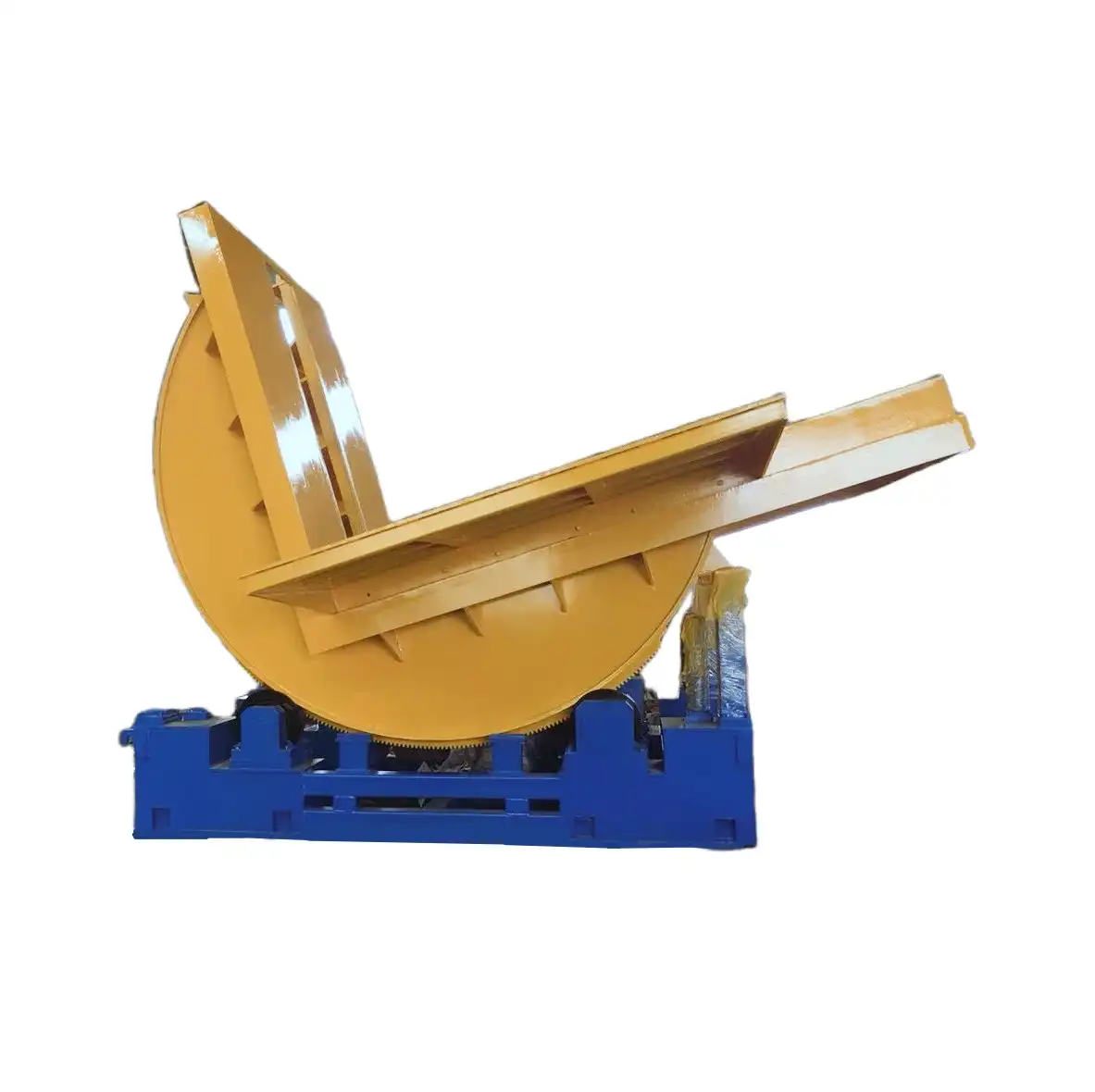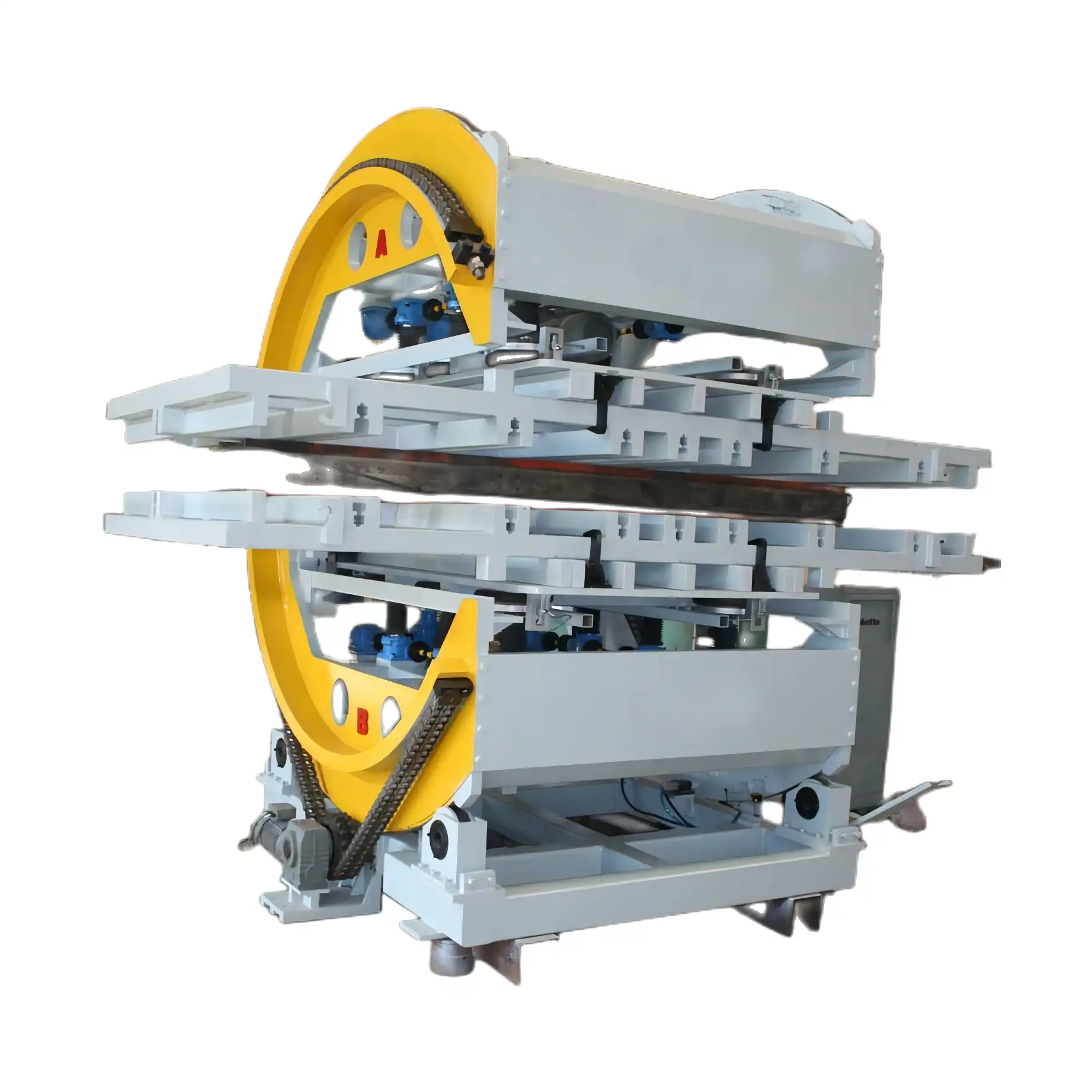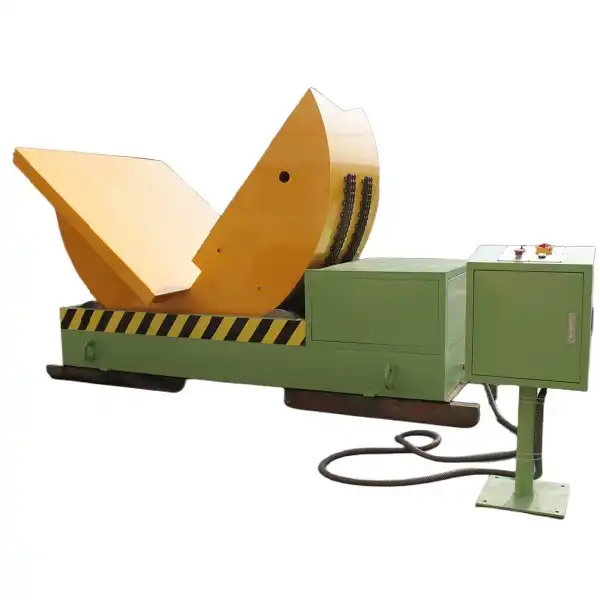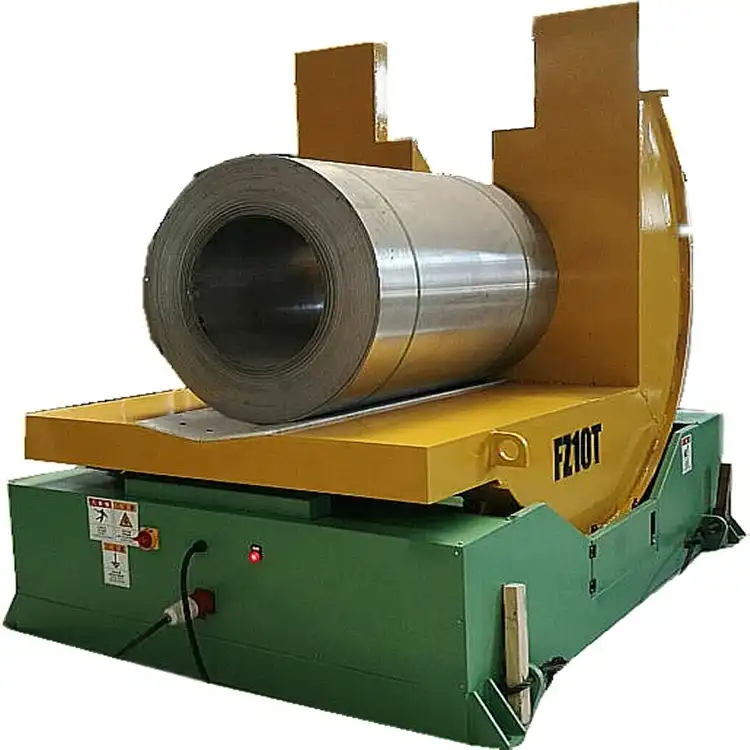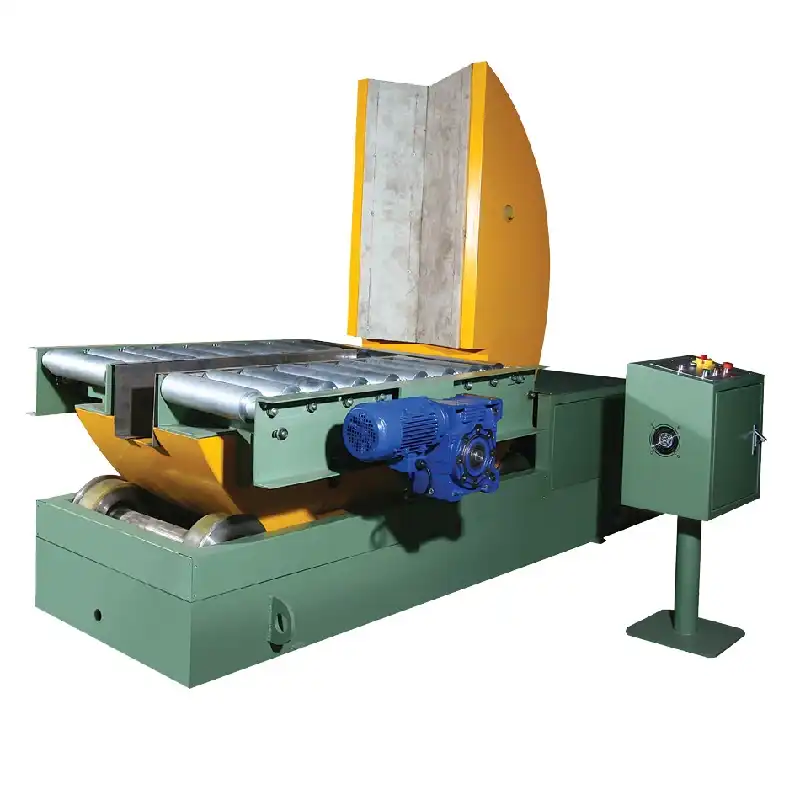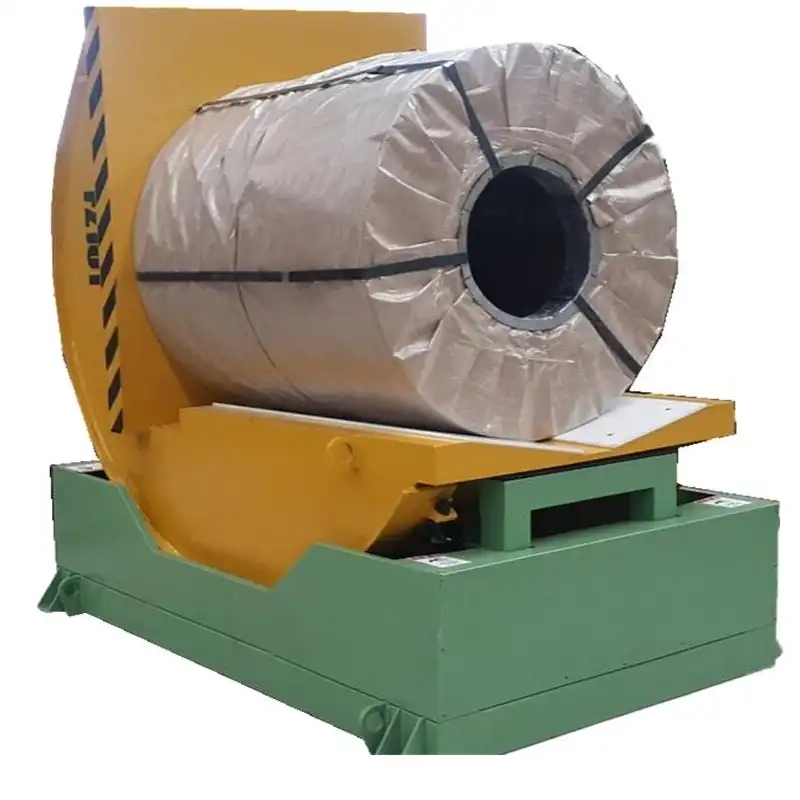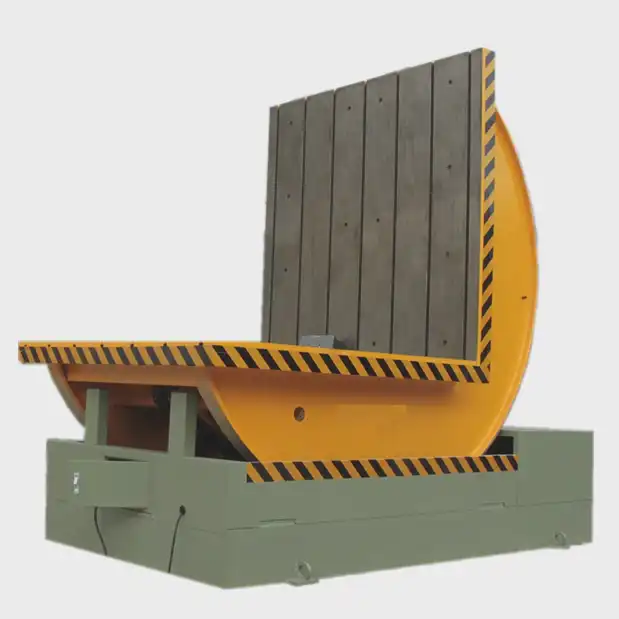How Can You Make the Best Decision When Purchasing a Coil Upender?
Finding the ideal coil upender requires careful consideration of technical requirements, supplier reputation, and overall cost efficiency. For industries managing heavy materials such as steel coils, selecting the right machine can significantly impact operational safety and productivity.
Exploring options for new or replacement equipment can seem daunting. However, understanding key factors like production bottlenecks, return on investment (ROI), and supplier support ensures a clear path to decision-making. This journey not only simplifies equipment selection but also ensures long-term success by meeting operational demands effectively.
Coil upending machines come in various forms, from hydraulic to advanced automated systems. Matching these technologies with your specific needs guarantees a solution that optimizes workflow, enhances safety, and maximizes profitability.
[claim]
The process of choosing a coil upender emphasizes three critical truths: aligning the machine with production goals reduces inefficiencies, opting for reliable suppliers minimizes unforeseen costs, and considering advanced features maximizes ROI.
1. What Are the Key Indicators That Your Current Equipment No Longer Meets Production Needs?
1.1 When Production Outpaces Equipment Capacity
As production demands grow, outdated coil turning machines may struggle to keep pace. For example, older models may handle only a limited weight range, while modern upenders like the FPCT-20 efficiently handle loads up to 20 tonsing these gaps in capacity is the first step toward an upgrade.
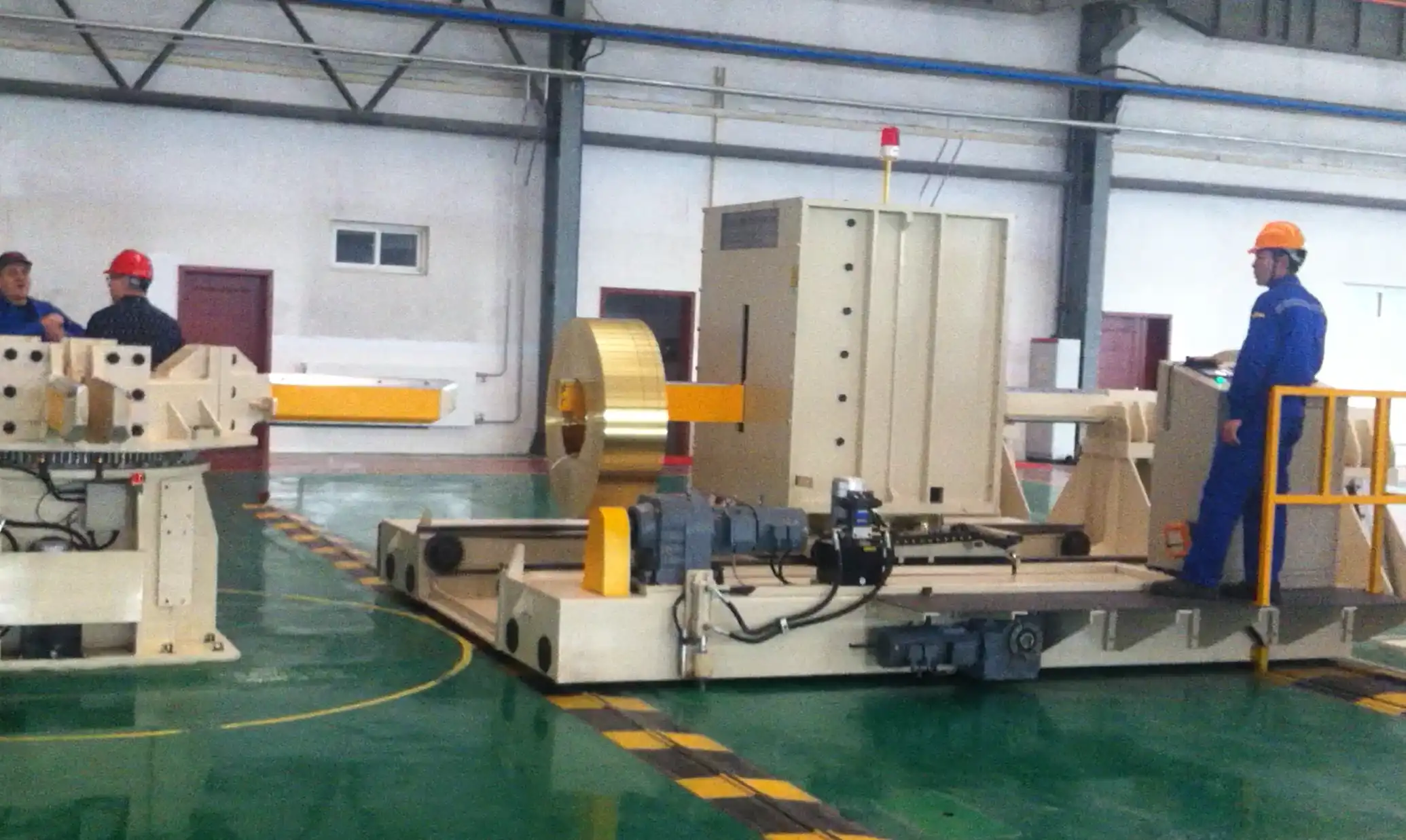
1.2 Rising Maintenance Costs
|
|
|---|
1.3 Safety Risks with Older Technology
Safety standards evolve, leaving older machines with vulnerabilities that endanger workers. For instance, modern upenders include emergency stop features and position locks to prevent accidents. Machines like the FPCT-HT01 offer CE-standard compliance, ensuring safety during heavy material handling.
Investing in a new coil upender isn’t just about replacing old machinery; it’s about addressing broader inefficiencies. Modern designs, such as those with automated positioning and energy-efficient motors, can cut operating costs by up to 20% annually while enhancing operational safety and ease of use .
| Feat | Outdated Equipment | Modern Upender Models |
|---|---|---|
| Energy Efficiency | Moderate | High |
| Safety Compliance | Low | High |
| Repair Requirements | Frequent | Minimal |
1.4 Two Fact Statement
True: Modern coil upenders with advanced safety features reduce workplace incidents and associated costs.
False: All modern coil upenders eliminate the need for regular maintenance. While maintenance demands are lower, periodic servicing remains necessary for longevity.
2. How Can Identifying Bottlenecks Help You Choose the Right Coil Upender?
2.1 Recognizing Workflow Inefficiencies
Understanding production bottlenecks is essential for selecting an appropriate coil upender. Delays in material handling can disrupt entire processes, leading to downtime and missed deadlines. A hydraulic upender like the FPCT-HT01, which features adjustable tilting speeds and remote control options, minimizes inefficiencies, enabling seamless material flow.
Material handling methods, such as using cranes, forklifts, or conveyors for inloading and unloading, also play a crucial role in the machine's efficiency. To ensure optimal performance, the upender’s table must be specifically designed to accommodate the chosen handling method. This customization ensures smooth operations and prevents additional workflow disruptions.
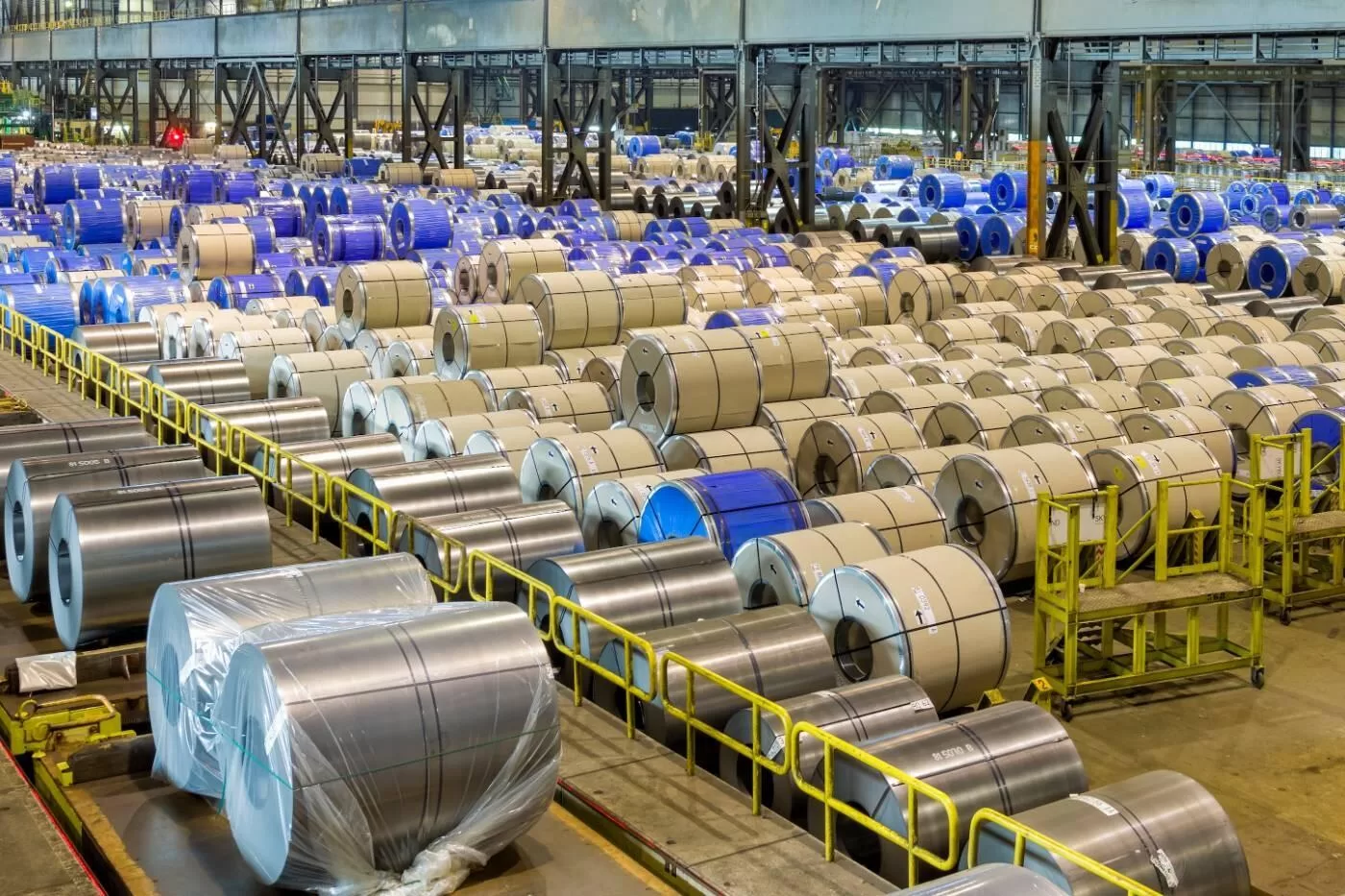
2.2 Assessing Data and Patterns
Data-driven insights reveal recurring inefficiencies. Studies show that implementing the right coil turning machine can reduce handling times by up to 30%. Below is a comparison of operation speeds between outdated and modern hydraulic upenders:
| Machine Type | Average Handling Time (per load) | Productivity Improvement |
|---|---|---|
| Outdated Manual Upender | 10 minutes | Baseline |
| Hydraulic FPCT-HT01 | 1-3 minutes | +90% |
Image Placeholder: Bottleneck visualization showing before-and-after data with upgraded equipment
2.3 Bridging the Efficiency Gap
To bridge efficiency gaps, modern solutions incorporate automation. Machines like the FPCT series allow for precise control, reducing variability in operation time. This alignment of equipment capabilities with workflow requirements can lead to a 80% boost in overall productivity.
2.4 Targeted Solutions for Bottlenecks
Eliminating bottlenecks requires solutions tailored to specific challenges. For example, if coil flipping delays occur, a V-shaped working table with hydraulic drives can drastically improve speed and accuracy. These modern designs prioritize safety and ensure that each operation adheres to compliance standards
.
| Key Problem | Suggested Solution | Expected Outcome |
|---|---|---|
| Handling Delays | Automated Hydraulic Upender | +25% Speed Improvement |
| Operator Fatigue | Remote-Control Models | Enhanced Ergonomics |
| Frequent Breakdowns | Durable Gear-Type Drivers | Extended Machine Lifespan |
2.5 Two Fact Statement
True: Identifying and addressing production bottlenecks can lead to measurable improvements in operational efficiency.
False: All bottlenecks are caused by equipment limitations. Operator skill and workflow design also play significant roles.
3. Which Coil Upender Technologies Offer the Best Return on Investment?
3.1 Evaluating Advanced Technologies
Modern coil upenders integrate features like automated positioning, energy-efficient motors, and multi-speed controls. For example, the FPCT-20 delivers a high ROI by reducing manual labor needs while increasing load-handling precision.
3.2 Cost vs. Benefit Analysis
While advanced technologies may have higher upfront costs, they offer long-term savings. Below is a breakdown of the cost-benefit analysis for investing in modern coil upenders
| Feature | Initial Investment ($) | Annual Savings ($) | Payback Period (Years) |
|---|---|---|---|
| Standard Hydraulic Model |
5,000-15,000 |
3,000-5,000 |
1-3 |
| Advanced Automated Model | 15,000-30,000 | 5,500-8,000 |
2-4 |
3.3 Long-Term Sustainability
Sustainability is becoming a vital consideration for ROI. Energy-efficient coil upenders like the FPCT-HT01 reduce energy consumption by up to 15%, aligning with green manufacturing goals while lowering utility costs. This feature is especially important for businesses aiming to maintain eco-friendly certifications
3.4 Aligning Investment with Goals
ROI depends on aligning machine features with operational goals. For high-capacity needs, heavy-duty models with features like position locking and displacement restrictors provide both safety and efficiency gains
| Feature | Entry-Level Model | Advanced Model |
|---|---|---|
| Max Load Capacity | 30 Tons | 80+ Tons |
| Automation | Limited | Sem/Full |
| Long-Term ROI | Moderate | High |
3.5 Two Fact Statement
True: Advanced features like automated positioning and energy efficiency enhance ROI by lowering long-term operational costs.
False: Higher upfront costs always equate to lower ROI. Cost-effectiveness depends on aligning the machine’s capabilities with specific production demands.
4. What Should You Look for When Researching Potential Suppliers?
4.1 Supplier Reputation Matters
Choosing the right supplier goes beyond price—it’s about reliability, expertise, and long-term support. A reputable coil upender manufacturer ensures the product meets high standards and delivers dependable performance. Checking how long a company has been in operation and its industry certifications can help gauge trustworthiness.
4.2 Comparing Product Offerings
Top suppliers typically offer a range of models tailored to different needs. For instance, some manufacturers specialize in heavy-duty coil turning machines, while others focus on smaller, more economical options. Comparing specifications and additional features like automated systems and energy efficiency ensures the best fit for your operations.
| Criteria | Top Supplier Example | Average Supplier |
|---|---|---|
| Model Variety | Wide Range | Limited Options |
| Customization Availability | High | Moderate |
| After-Sales Support | Comprehensive | Basic |
Image Placeholder: Chart comparing top suppliers and their product features
4.3 Understanding Service and Support
A reliable supplier doesn’t just sell machines—they provide ongoing support. This includes installation, operator training, and post-purchase service. Some suppliers also offer warranties covering extended periods or specific usage cycles, ensuring peace of mind for buyers.
4.4 Why Research Matters
Researching potential suppliers protects against poor-quality products and ensures that you’re investing in durable, reliable machines. It also gives insight into each supplier’s approach to customer service, a critical factor in maintaining long-term operational efficiency.
| Key Supplier Feature | Benefits |
|---|---|
| Warranty Coverage | Reduces Risk |
| Training Programs | Improves Usability |
| Responsive Support Teams | Ensures Minimal Downtime |
4.5 Two Fact Statement
True: A reputable supplier offers comprehensive post-purchase support, including training and maintenance.
False: All suppliers provide equally high-quality products and services. Conducting research helps identify those who stand out.
5. How Do Customer Reviews and Case Studies Influence Your Purchasing Decision?
5.1 The Power of Real-World Feedback
Customer reviews and case studies give insight into how well a product performs in real-world conditions. These testimonials often highlight key strengths and weaknesses, helping you evaluate whether the equipment fits your specific needs.
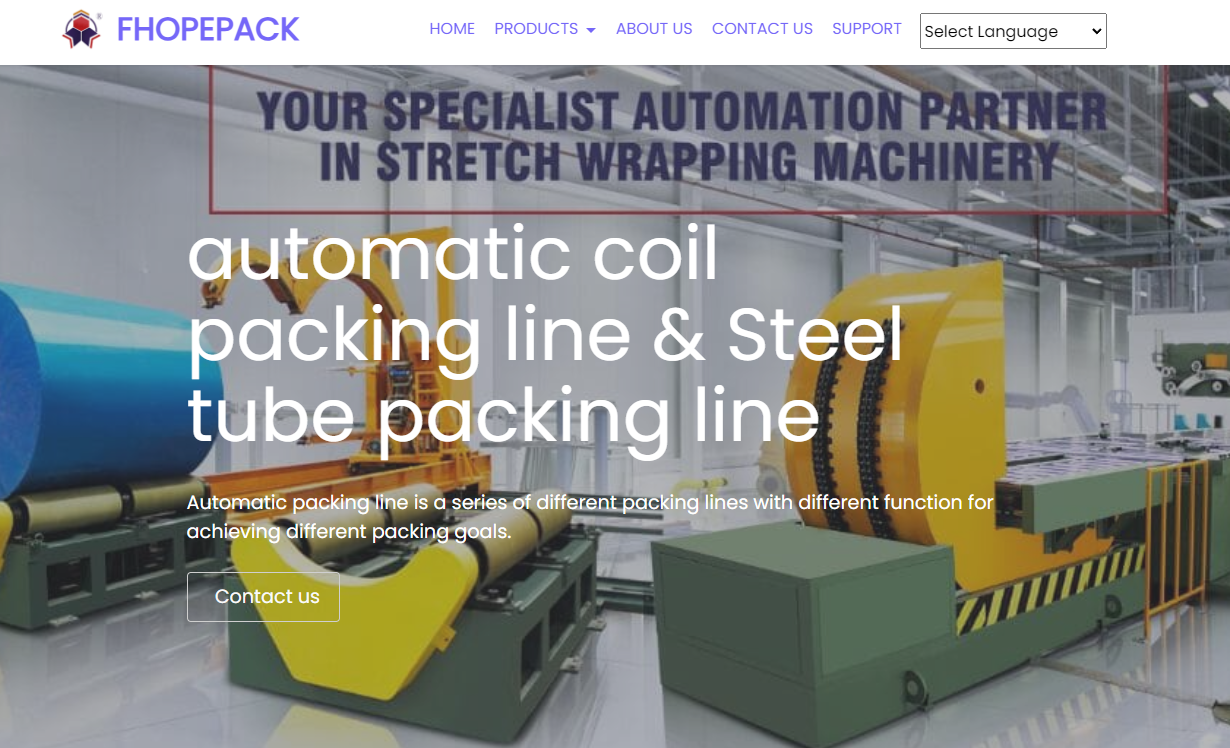
5.2 Analyzing Key Metrics
Detailed case studies often include metrics like cost savings, efficiency improvements, and reductions in downtime. Reviews that mention measurable outcomes provide a clearer picture of ROI. For example, one company reported a 30% reduction in handling time after upgrading to an automated coil upender.
| Customer Feedback | Key Insight |
|---|---|
| Positive Review | High reliability and ease of use |
| Negative Review | Inadequate after-sales support |
| Case Study | Proven efficiency improvements |
Image Placeholder: Real-world performance graph for a hydraulic upender
5.3 Avoiding Pitfalls
While reviews are valuable, they should be approached critically. Overly positive or negative feedback can be misleading, so focus on recurring themes and documented results. Case studies are especially helpful as they often detail the challenges and solutions encountered.
5.4 Making Reviews Work for You
Customer feedback and case studies should guide, not dictate, your decision. Use them to identify potential red flags, confirm performance claims, and understand how the equipment will function in your operations.
| Review Insight | Decision-Making Tip |
|---|---|
| Repeated Complaints | Investigate the supplier further |
| Consistent Positive Feedback | Proceed with confidence |
| Case Study Metrics | Assess alignment with goals |
5.5 Two Fact Statement
True: Case studies provide measurable data on how a coil upender performs under real conditions.
False: All customer reviews reflect an unbiased assessment. Some may be exaggerated or incomplete.
6. What Factors Should You Compare When Evaluating Multiple Coil Upender Solutions?
6.1 Understanding Key Features
When comparing coil upenders, it’s essential to evaluate their core features. These include load capacity, automation levels, safety mechanisms, and energy efficiency. A machine that aligns with your operational demands ensures seamless integration and long-term productivity.

6.2 Pricing and Cost Analysis
The price of a coil upender varies based on its features and capabilities. While upfront costs are a critical factor, consider long-term savings from energy efficiency, lower maintenance, and increased productivity. Below is a cost comparison of standard and advanced coil turning machines.
6.3 Safety and Durability
Machines equipped with safety features like emergency stops, position locks, and durable build materials minimize risks and extend operational lifespan. Heavy-duty upenders with advanced safety mechanisms are ideal for high-volume operations.
6.4 Customization Options
Suppliers offering tailored solutions allow you to adapt the equipment to your specific needs. Customization may include V-shaped tables for better coil centering, adjustable speed controls, or enhanced automation features.
| Factor | Standard Model | Customized Solution |
|---|---|---|
| Safety Features | Basic | Advanced |
| Performance Flexibility | Moderate | High |
| Compatibility | Limited | Full Integration |
6.5 Two Fact Statement
True: Comparing long-term costs alongside initial investment helps identify the best value.
False: All coil upenders with the same price point deliver equal performance and durability.
7. How Can Customized Solutions Ensure Your Coil Upender Meets Specific Business Requirements?
7.1 Why Customization Matters
Off-the-shelf solutions may not always fit the unique demands of your operations. Customization ensures the coil upender’s specifications align precisely with your workflow, load requirements, and safety standards. Tailored solutions help eliminate inefficiencies and maximize performance.

7.2 Industry-Specific Adaptations
Certain industries, like steel manufacturing, require specific configurations such as wider working tables or higher load capacities. Customized machines address these needs, ensuring seamless handling even under demanding conditions.
| Industry | Custom Feature Example |
|---|---|
| Steel Manufacturing | High Load Capacity (50+ Tons) |
| Paper Roll Handling | Adjustable V-Tables |
| Automotive Components | Precision Positioning Systems |
Image Placeholder: Examples of customized coil upender applications
7.3 Long-Term Benefits of Tailored Machines
Investing in customization not only improves compatibility but also enhances safety and reduces maintenance requirements. Features like automated coil centering and advanced control systems ensure consistency and ease of use.
7.4 Balancing Cost and Benefits
While customized solutions may require a higher upfront investment, they eliminate costs associated with inefficiencies or equipment mismatches. Over time, the tailored design pays for itself through increased productivity and reduced downtime.
| Consideration | Standard Solution | Customized Solution |
|---|---|---|
| Initial Investment | Lower | Higher |
| Long-Term Savings | Moderate | Significant |
| Compatibility | Limited | Maximum |
7.5 Two Fact Statement
True: Customization ensures the machine is optimized for unique industry needs, improving efficiency and safety.
False: Customized solutions always result in higher operational costs. In most cases, they reduce costs by eliminating inefficiencies.
8. What Role Do Installation, Training, and After-Sales Support Play in Selecting a Supplier?
8.1 The Importance of Installation Support
Proper installation is critical for ensuring that your coil upender functions efficiently from day one. Suppliers offering comprehensive installation services reduce the risk of operational errors and equipment damage. A skilled technical team can set up the machine while addressing any facility-specific requirements.

8.2 Training Programs for Seamless Operation
Employee training ensures operators understand how to use the machine safely and effectively. Top suppliers provide detailed training sessions, either on-site or remotely, covering machine controls, safety protocols, and troubleshooting techniques. Companies that invest in training report a 30% reduction in operational errors within the first year.
| Key Installation Features | Training Benefits |
|---|---|
| Skilled Technician Support | Reduced Downtime |
| Custom Training Modules | Improved Operator Efficiency |
| Troubleshooting Guidance | Decreased Maintenance Costs |
Image Placeholder: A technician training operators on a coil upender
8.3 After-Sales Support for Long-Term Reliability
A reliable supplier offers after-sales services such as routine maintenance, spare part availability, and customer support. These services ensure that your coil upender remains in top condition, extending its operational lifespan. Look for suppliers with responsive support teams and clear maintenance schedules.
8.4 Comprehensive Support Equals Peace of Mind
Suppliers that provide robust installation, training, and after-sales support create a safety net for your investment. Their expertise minimizes the risks associated with improper setup or maintenance lapses, allowing you to focus on optimizing production.
| Support Aspect | Long-Term Benefit |
|---|---|
| Installation Assistance | Smooth Startup |
| Operator Training | Reduced Operational Errors |
| Maintenance Support | Extended Equipment Lifespan |
8.5 Two Fact Statement
True: Comprehensive installation, training, and after-sales support are key to maintaining efficiency and safety over time.
False: Once installed, coil upenders do not require ongoing supplier involvement. Routine maintenance and updates are vital.
9. How Can You Secure the Best Price and Terms When Negotiating a Coil Upender Contract?
9.1 Research and Comparison
Begin by gathering quotes from multiple suppliers. Comparing pricing, features, and additional services ensures you’re negotiating from an informed position. Detailed evaluations often reveal opportunities to negotiate for value-added services like extended warranties or additional training sessions.

9.2 Key Negotiation Tactics
Effective negotiation involves focusing on total value rather than just the upfront cost. Discuss terms like flexible payment schedules, volume discounts, or bundling additional services. Highlighting long-term partnerships often encourages suppliers to offer better terms.
| Negotiation Focus | Example |
|---|---|
| Flexible Payment Plans | 50% upfront, 50% post-installation |
| Value-Added Services | Free spare parts for the first year |
| Discount Opportunities | Bulk purchase or early payment |
Image Placeholder: Negotiation checklist for purchasing a coil upender
9.3 Evaluating Total Cost of Ownership
Negotiating effectively also means considering the total cost of ownership (TCO), which includes maintenance, energy consumption, and potential downtime. Suppliers willing to share detailed cost breakdowns demonstrate transparency and build trust.
9.4 Building Long-Term Partnerships
Suppliers who value long-term relationships are more likely to offer competitive terms. Expressing your intent for future purchases or collaboration can lead to additional benefits such as priority support or custom solutions.
| Negotiation Outcome | Benefit |
|---|---|
| Reduced Upfront Cost | Lower Financial Burden |
| Long-Term Savings | Minimized Operating Costs |
| Strengthened Supplier Bond | Improved Future Deals |
9.5 Two Fact Statement
True: Negotiating payment schedules and value-added services can significantly reduce the overall cost of acquiring a coil upender.
False: The lowest quoted price always represents the best deal. Comprehensive evaluation ensures alignment with long-term goals.
10. What Are the Most Critical Steps to Ensure a Smooth Installation and Implementation?
10.1 Pre-Installation Planning
Successful installation begins with thorough planning. This includes site preparation, ensuring proper space allocation, and confirming that the facility meets the machine’s power and operational requirements. Detailed communication with the supplier’s technical team ensures that all logistical aspects are addressed beforehand.
10.2 Supplier Coordination
Work closely with your supplier to coordinate delivery schedules and installation timelines. Suppliers often provide a checklist to help ensure readiness, covering everything from equipment placement to safety protocols. Proper coordination minimizes installation delays and disruptions to ongoing operations.
| Pre-Installation Task | Benefit |
|---|---|
| Site Inspection | Ensures Facility Compatibility |
| Power Supply Setup | Prevents Equipment Malfunctions |
| Safety Protocol Review | Reduces Installation Risks |
Image Placeholder: Site preparation and supplier coordination in progress
10.3 Operator Readiness
Ensuring your team is prepared for the new equipment is a critical step. Training sessions should be scheduled before or immediately after installation to familiarize operators with controls and safety measures. Well-trained staff contribute to a smooth transition and immediate operational benefits.
10.4 Post-Installation Testing
Once the machine is installed, thorough testing is essential. This includes verifying load capacities, safety mechanisms, and operational speeds. Documenting these tests ensures compliance with supplier guarantees and helps identify any issues that require immediate resolution.
| Post-Installation Task | Outcome |
|---|---|
| Load Testing | Confirms Machine Capability |
| Safety Feature Check | Ensures Compliance |
| Operational Run-Through | Detects Early Issues |
10.5 Two Fact Statement
True: Comprehensive pre-installation planning and testing ensure the coil upender integrates seamlessly into your operations.
False: Installation ends with setup completion. Post-installation testing and ongoing monitoring are equally important for long-term success.
Conclusion
[claim]
The process of purchasing a coil upender requires careful evaluation, from understanding production needs to negotiating favorable terms. By focusing on efficiency, customization, and support, businesses can select a solution that not only meets their current demands but also positions them for long-term growth. Whether addressing bottlenecks, improving safety, or boosting ROI, the right machine transforms operations, providing measurable results and a competitive edge.
